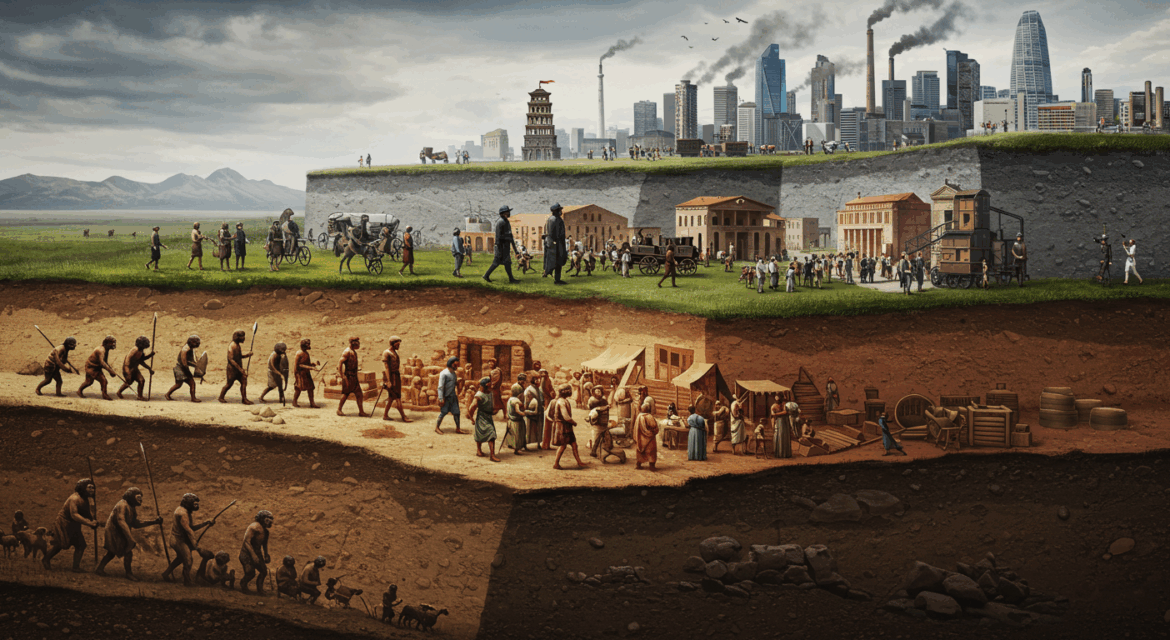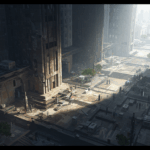Before cranes rose, before the first concrete foundation was poured, engineers performed a silent ritual: one would bend down, pick up a handful of soil, rub it between fingers, smell it, observe its color. It may seem primitive in the age of laser scanning and AI — but it’s actually… reading history.
This soil holds memory: memory of ancient floods, of winds that carried sands from distant deserts, of trees that grew here centuries ago. Each layer tells a chapter. Ignoring this memory means building a palace on an unknown story — it may collapse at the first test.
In a coastal project, the team insisted on taking soil samples deeper than the client requested. They found a thin but strong layer of ancient clay, holding traces of extinct marine plant roots. This layer wasn’t an obstacle — it was a perfect natural foundation. It was used as-is, saving millions that would have been spent on artificial soil improvement.
In the Hajar Mountains, where rocks cracked under time’s pressure, engineers didn’t force the land to accept their design. They changed the design to harmonize with rock fissures, using them as natural drainage channels and invisible supports.
The earth doesn’t forget. It remembers everything: minor earthquakes, dry seasons, watery invasions. The wise engineer doesn’t impose his will — he listens. He reads in its layers a language not taught in universities, but gained through experience, patience, respect.
Even in the heart of the city, where concrete covers everything, the earth beneath still breathes. Metro tunnels, skyscraper foundations, drainage stations — all converse with the earth’s memory. Those who understand this language don’t build projects… they write new chapters in the story of place.






